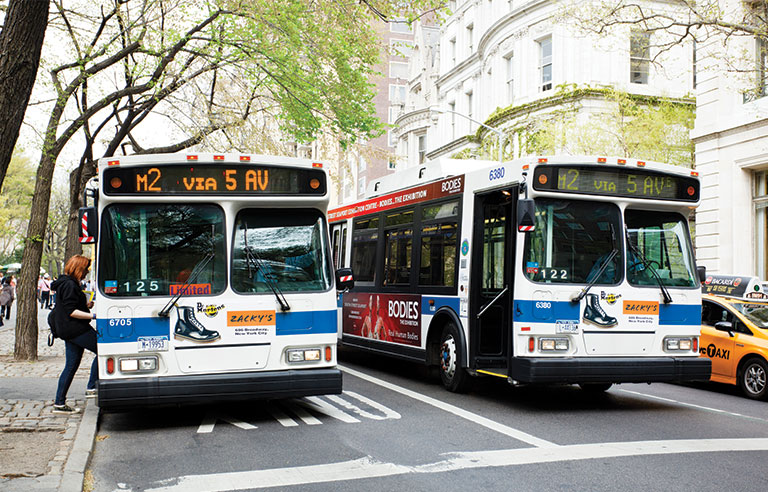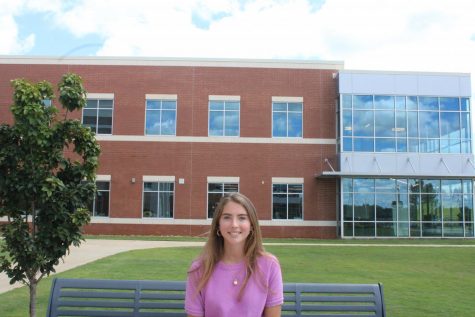On the Road to Failure
Bus, train and subway systems in the U.S. lag behind those of other developed nations
Photo courtesy safetyandhealthmagazine.com
In the United States, public transportation systems are lacking which both negatively impacts the environment and is an inconvenience to the public.
December 2, 2021
America is currently facing a transportation conundrum. Cities are overwhelmed with traffic, and according to nationwide.com, the average urban commuter is stuck in traffic for a total of 34 hours a year. Not only is the traffic crisis not time efficient, but it is also not fuel efficient as 1.9 billion gallons of fuel are wasted due to road congestion each year. This traffic is causing an increase in pollution and the problem is unique to America.
In an interview with vice.com, Ralph Merritt, general manager of the Los Angeles Metropolitan Authority explained that America’s lack of public transportation is unsustainable and is an issue that must be immediately addressed.
“Without an integrated system of transit in our metropolitan areas, the greatly anticipated growth will become a dream that will fail because people cannot move freely, safely, rapidly, and economically from where they live to where they work,” Merritt said.
In other developed nations, such as European countries, this intercity traffic crisis does not exist. This is because American cities lack an efficient public transportation system. Cities are growing, and simultaneously housing prices are steeply increasing, causing people to settle for cheaper out-of-city housing with long daily commutes. America lags far behind in developing a safe, fast and efficient system of subway, rail, bus or train lines, and most Americans commute to work in their own car by themselves. According to freemarkfinancial.com, U.S. cities have added an average of fewer than two miles of urban bus improvements per million inhabitants, while France has added 10 miles of bus improvements per million inhabitants.
Anna Wallace Cheek (12) is an active member of Envirothon and a nature-lover who is disappointed with America’s poor transportation system.
“I think it is sad that America’s buses and subways are so inefficient compared to other developed nations,” Cheek said. “It’s bad for the environment and completely avoidable with the proper legislation and funding.”
America’s lack of public transportation has huge negative environmental effects. Public transportation emits fewer pollutants like carbon monoxide, carbon dioxide, and nitrogen oxides, per passenger mile. Public transit also decreases the number of single occupancy vehicles on the road, reducing the pollutants entering the air. Also, most public transit does not have “door to door” service, so users must walk a few blocks to get to a transit stop and to their final destination. According to acogok.org, a fully occupied bus has a fuel efficiency that is six times greater while a fully occupied train car has a fuel economy 15-times greater than the average single occupancy car. So, if more legislative efforts were made to increase ridership on public transportation, huge amounts of fuel could be saved while also reducing the amount of air pollution.
In an interview with airqualitynews.com, Beth Gardiner, an environmental journalist for National Geographic, the New York Times and the Guardian explained the importance of each individual’s environmental decisions, such as choosing to use public transportation rather than commuting individually.
“An important thing to understand is that even incremental improvements in air quality translate directly, and almost immediately, into lives saved and health spared. That is a powerful incentive for action,” Gardiner said.





